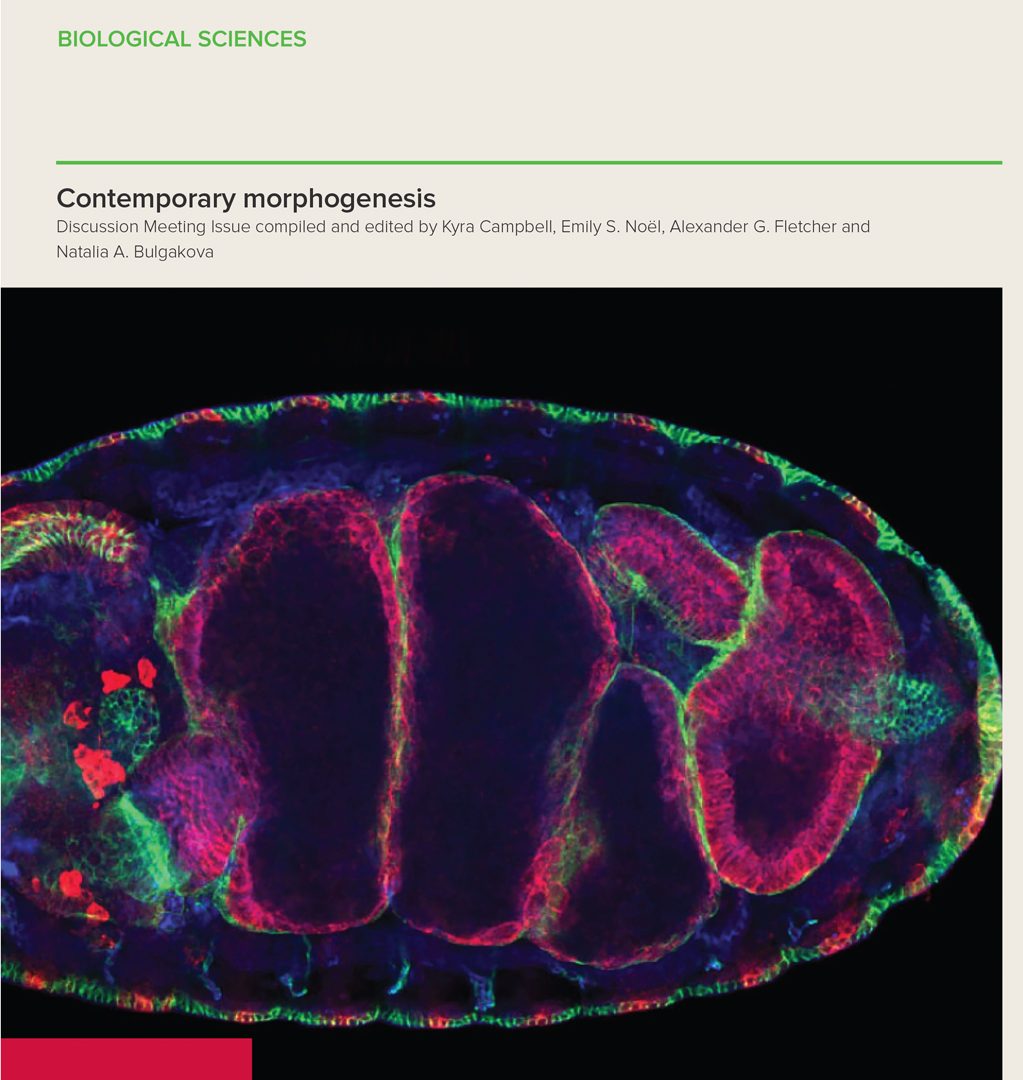Philos Trans R Soc Lond B Biol Sci. 2020 Oct 12;375(1809):20190552. doi: 10.1098/rstb.2019.0552. Epub 2020 Aug 24.
Matteo Rauzi 1
Affiliation
1 Université Côte d’Azur, CNRS, Inserm, iBV, Nice, France.
Abstract
Cell intercalation is a key topological transformation driving tissue morphogenesis, homeostasis and diseases such as cancer cell invasion. In recent years, much work has been undertaken to better elucidate the fundamental mechanisms controlling intercalation. Cells often use protrusions to propel themselves in between cell neighbours, resulting in topology changes. Nevertheless, in simple epithelial tissues, formed by a single layer of densely packed prism-shaped cells, topology change takes place in an astonishing fashion: cells exchange neighbours medio-laterally by conserving their apical-basal architecture and by maintaining an intact epithelial layer. Medio-lateral cell intercalation in simple epithelia is thus an exemplary case of both robustness and plasticity. Interestingly, in simple epithelia, cells use a combinatory set of mechanisms to ensure a topological transformation at the apical and basal sides. This article is part of the discussion meeting issue ‘Contemporary morphogenesis’.
PMID: 32829682
DOI: 10.1098/rstb.2019.0552

